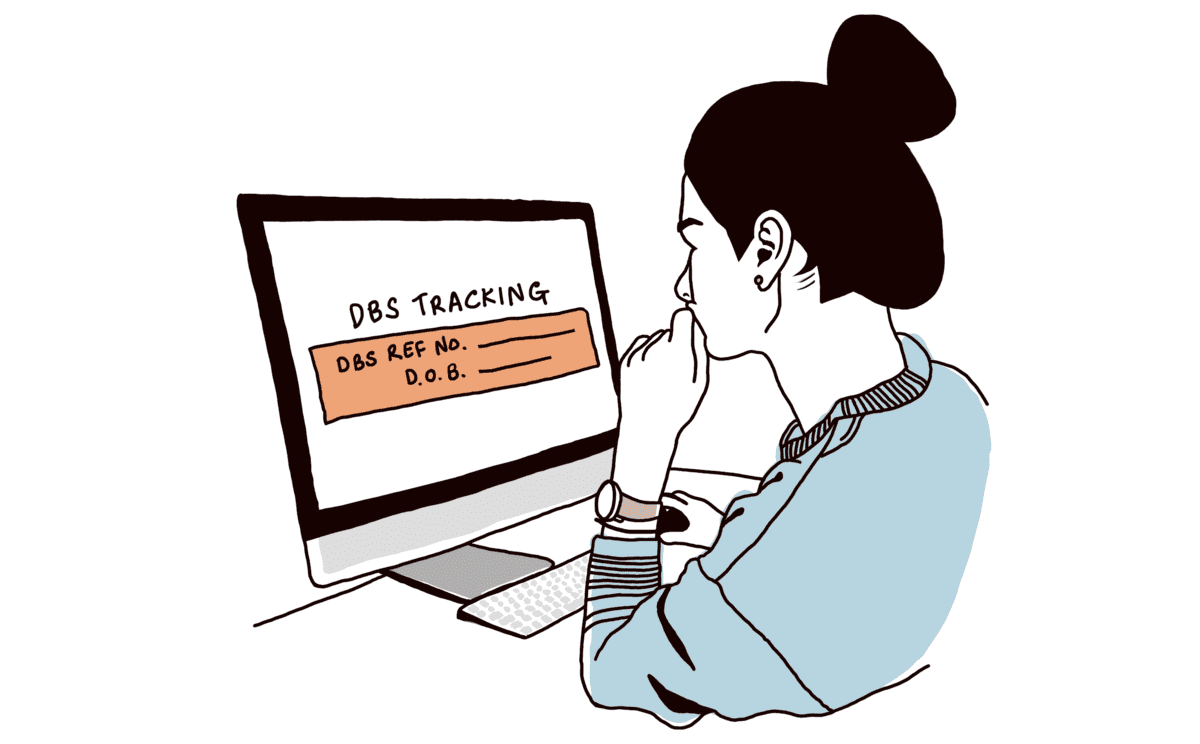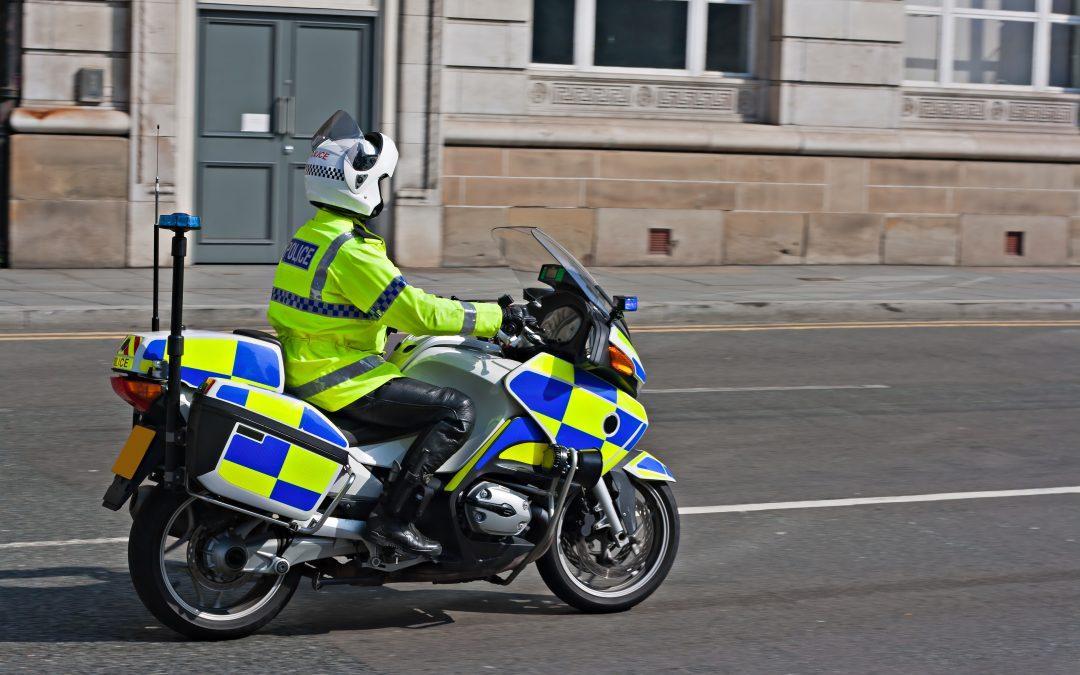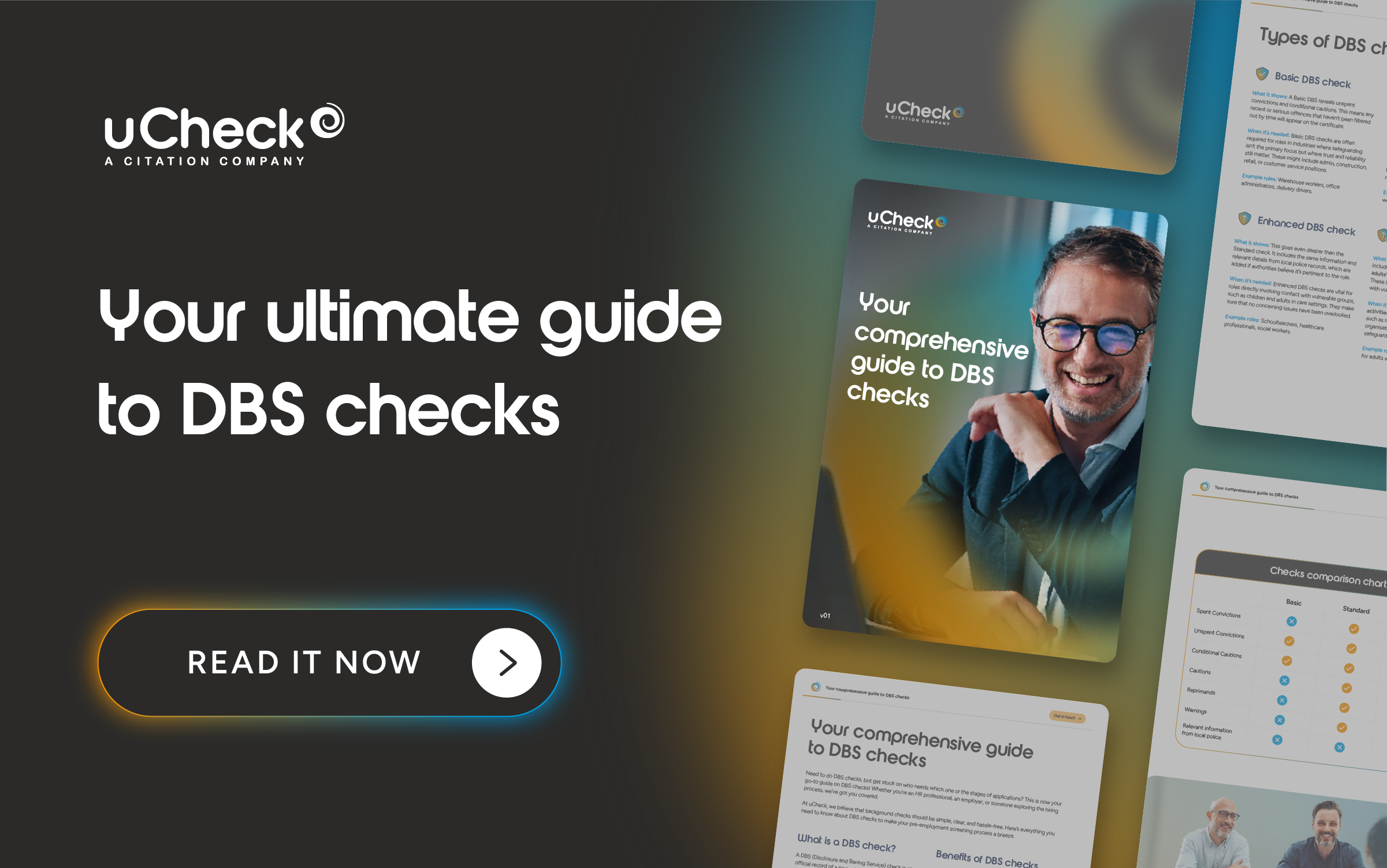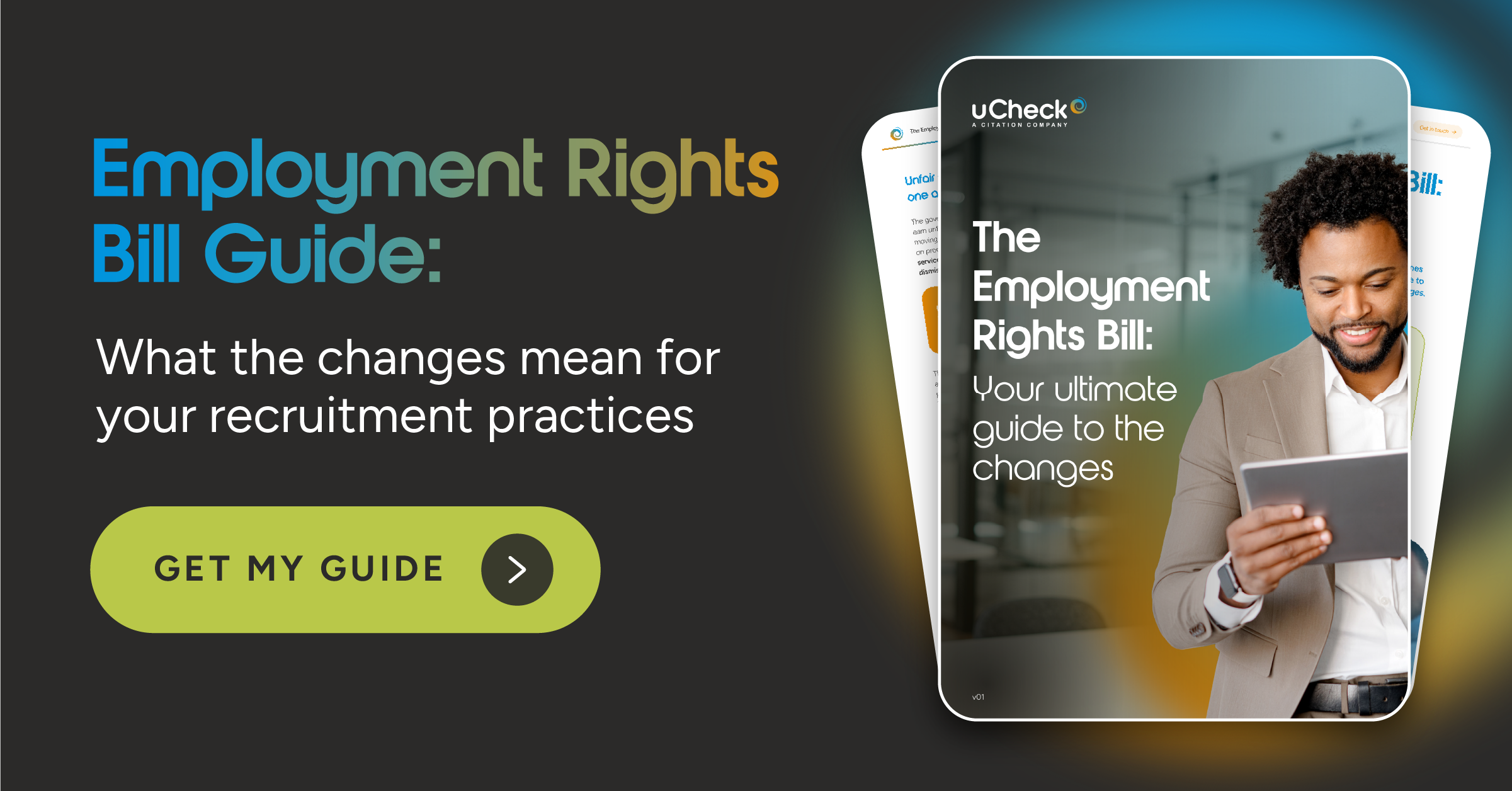How does DBS tracking work?
As part of the DBS process, applications will go through up to five stages of vetting. The number of stages an application will go through will depend on the disclosure type which has been requested.
How can you access this tracking service and what information is needed? Our guide to DBS tracking has the answer…
DBS Tracking: Track your application
If you wish to track your application as an applicant, then all you need is your unique DBS reference number and your date of birth.
If you’re an employer, you can obtain the unique reference number by contacting us here at uCheck.
Otherwise, if you are an employee, you will need to speak to the relevant organisation who submitted your application to request this DBS reference, or contact the DBS directly. Using this DBS reference number, you can then track the specific application using this link.
What does the tracking process show?
The tracking process will show which stage the application is in, and the date that it entered that stage.
For a DBS check, there are up to five stages:

Stage 1: This stage indicates that the DBS have received the application and have accepted the application into their system.
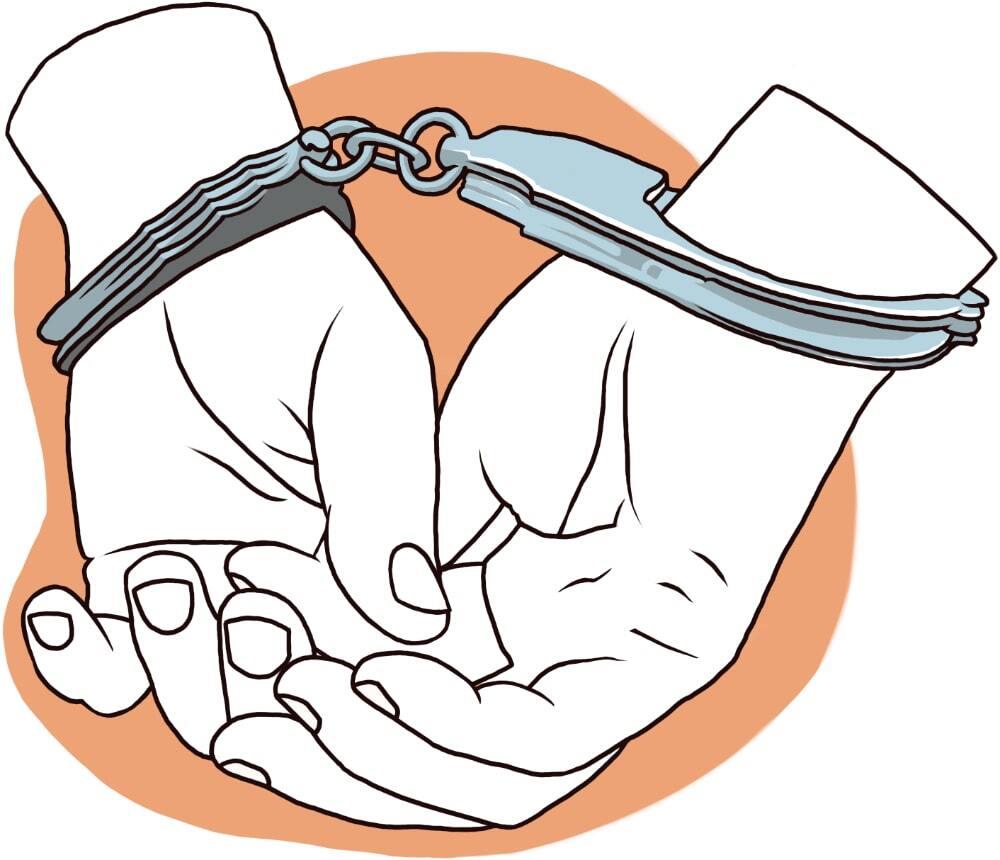
Stage 2: The second stage involves the application being checked against the Police National Computer database (PNC).
This is the database which is used across the UK and holds data on convictions and arrest warrants, as well as any cautions, reprimands and warnings for any offence which is punishable by imprisonment.
The PNC allows intelligence and information to be shared amongst law enforcement agencies, whilst also providing support to other organisations such as government agencies and regulatory bodies in the UK.

Stage 3: In this stage, the application is checked against the children’s and vulnerable adult’s barred lists.
Please note that although this stage may appear on the tracking service, it will only apply to enhanced DBS applications where a barred list check has been requested.
Not all applicants who are entitled to undertake an enhanced DBS check will also be entitled to a barred list check.
Eligibility for a barred list check is dependent on the applicant’s job role and where they will be working.

Stage 4: The fourth stage indicates that the application is with the local police authorities.
The details on the application will be checked against their records to see if there is any further information that they deem relevant to disclose. If so, it will be disclosed on the certificate.
Please note that this stage also only applies to enhanced DBS checks and therefore standard applications do not have to undertake this vetting stage.

Stage 5: Stage 5 is the final stage, which indicates that the vetting process has been completed and the certificate is now printing.
We hope our blog has made DBS tracking a little bit clearer! If you’d like to know more please get in touch!

